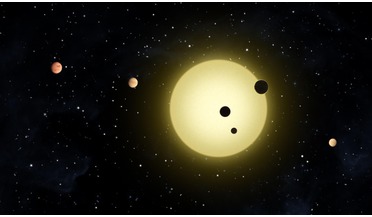 27 October 2017
Astronomers find system with six planets
27 October 2017
Astronomers find system with six planets
...orbital periods of 1057, 215, 118, 49, 677, and 5700 days, and minimum masses of 0.63, 0.17, 0.1, 0.05, 0.12 and 0.38 (compared with Jupiter) respectively. All of the planets were found via the radial-velocity method. This method is often to referred...
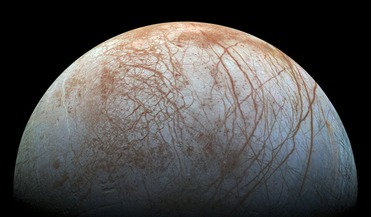 14 May 2018
Best evidence yet for plumes on Europa
14 May 2018
Best evidence yet for plumes on Europa
... is to determine whether the icy moon possesses the ingredients necessary to support life as we know it, or not. Artist's illustration of Jupiter and Europa (in the foreground) with the Galileo spacecraft after its pass through a plume erupting from...
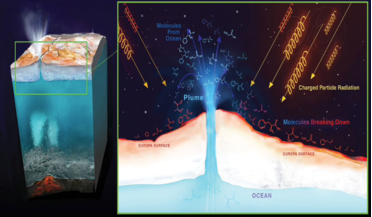 25 July 2018
Radiation on Europa dictates where search for life begins
25 July 2018
Radiation on Europa dictates where search for life begins
...visit to the smallest of the four Galilean moons orbiting Jupiter, as the prospect of sampling the ocean without drilling... continued bombardment of charged particle radiation emanating from Jupiter’s magnetosphere; an attribute that has the potential ...
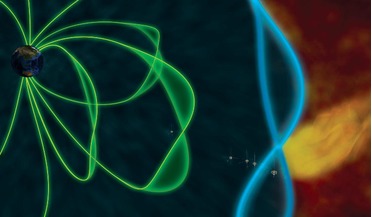 13 February 2019
Magnetopause makes Earth one enormous drum
13 February 2019
Magnetopause makes Earth one enormous drum
... family, it seems our planet could be teaming up with Mercury, Jupiter and Saturn to belt out tunes to the rest of the Solar System,...spot this phenomenon on other planets with magnetospheres, like Jupiter, Saturn and Mercury, and what effect the waves ...
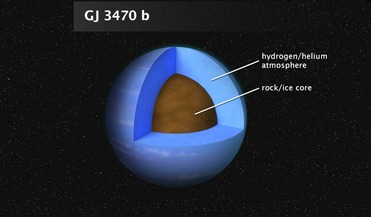 03 July 2019
New study reveals detailed exoplanet atmosphere
03 July 2019
New study reveals detailed exoplanet atmosphere
...very close to the star and is far less massive than Jupiter—318 times Earth's mass—but has managed to accrete the ... thus stopping the planet from accreting more gas and becoming a hot Jupiter. In essence, the planet got stuck being a sub-Neptune, said...
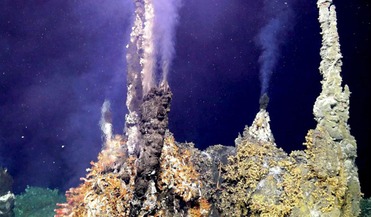 21 August 2019
InVADER robot to test technology for ocean world exploration
21 August 2019
InVADER robot to test technology for ocean world exploration
... of life beyond our own planet. ESA has already given the green light for its JUICE - JUpiter ICy moons Explorer - mission to study the ice-covered world along with Ganymede, Callisto and now...